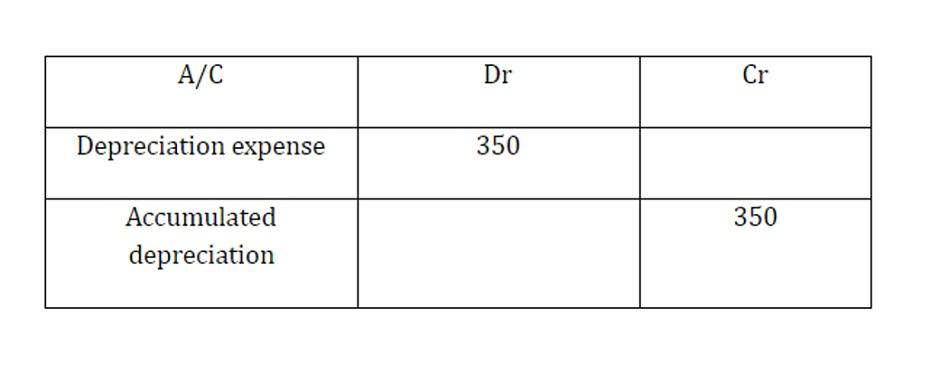
For GPs selling stakes, these deals help them find partners who can bring additional capabilities to their firm, provide an injection of capital and solve succession planning needs. The GP staking firms (i.e. those funds doing the investing) in turn benefit from gaining an interest in the other fund’s returns and balance sheets. While most GP stakes investing is primarily focused on PE, these GP stakes funds are also looking to diversify their portfolios, both geographically and by type of alternative capital manager. Sustainable investing is gaining greater prominence, with funds focusing more on incorporating sustainability into investment strategies.
When companies issue shares of equity, the value recorded on the books is the par value (i.e. the face value) of the total outstanding shares (i.e. that have not been repurchased). Otherwise, an alternative approach to calculating shareholders’ equity is to add up the following line items, which we’ll explain in more detail soon. Under a hypothetical liquidation scenario in which all liabilities are cleared off its books, the residual value total equity formula that remains reflects the concept of shareholders equity. Total equity effectively represents how much a company would have left over in assets if the company went out of business immediately. A company’s negative equity that remains prolonged can amount to balance sheet insolvency. During a liquidation process, the value of physical assets is reduced and there are other extraordinary conditions that make the two numbers incompatible.
How to Determine the Net Income for Stock Equity Statements
When calculating the shareholders’ equity, all the information needed is available on the balance sheet – on the assets and liabilities side. The total assets value is calculated by finding the sum of the current and non-current assets. Shareholders’ equity can also be calculated by taking the company’s total assets less the total liabilities. The account https://www.bookstime.com/ demonstrates what the company did with its capital investments and profits earned during the period. Shareholders’ equity refers to the owners’ claim on the assets of a company after debts have been settled. The first is the money invested in the company through common or preferred shares and other investments made after the initial payment.

This usually occurs when a company has incurred losses for a period of time and has had to borrow money to continue staying in business. This could indicate that railroad companies have been a steady growth industry and have provided excellent returns to investors. ROE is often used to compare a company to its competitors and the overall market. It represents a significant financial asset and reflects the real value you have in your property. However, it’s important to be aware of its limitations in terms of liquidity and market dependence.
Components of Owner’s / Shareholder’s Equity
The $65.339 billion value in company equity represents the amount left for shareholders if Apple liquidated all of its assets and paid off all of its liabilities. At some point, the amount of accumulated retained earnings can exceed the amount of equity capital contributed by stockholders. Retained earnings are usually the largest component of stockholders’ equity for companies operating for many years.
Treasury shares or stock (not to be confused with U.S. Treasury bills) represent stock that the company has bought back from existing shareholders. Companies may do a repurchase when management cannot deploy all of the available equity capital in ways that might deliver the best returns. Shares bought back by companies become treasury shares, and the dollar value is noted in an account called treasury stock, a contra account to the accounts of investor capital and retained earnings.